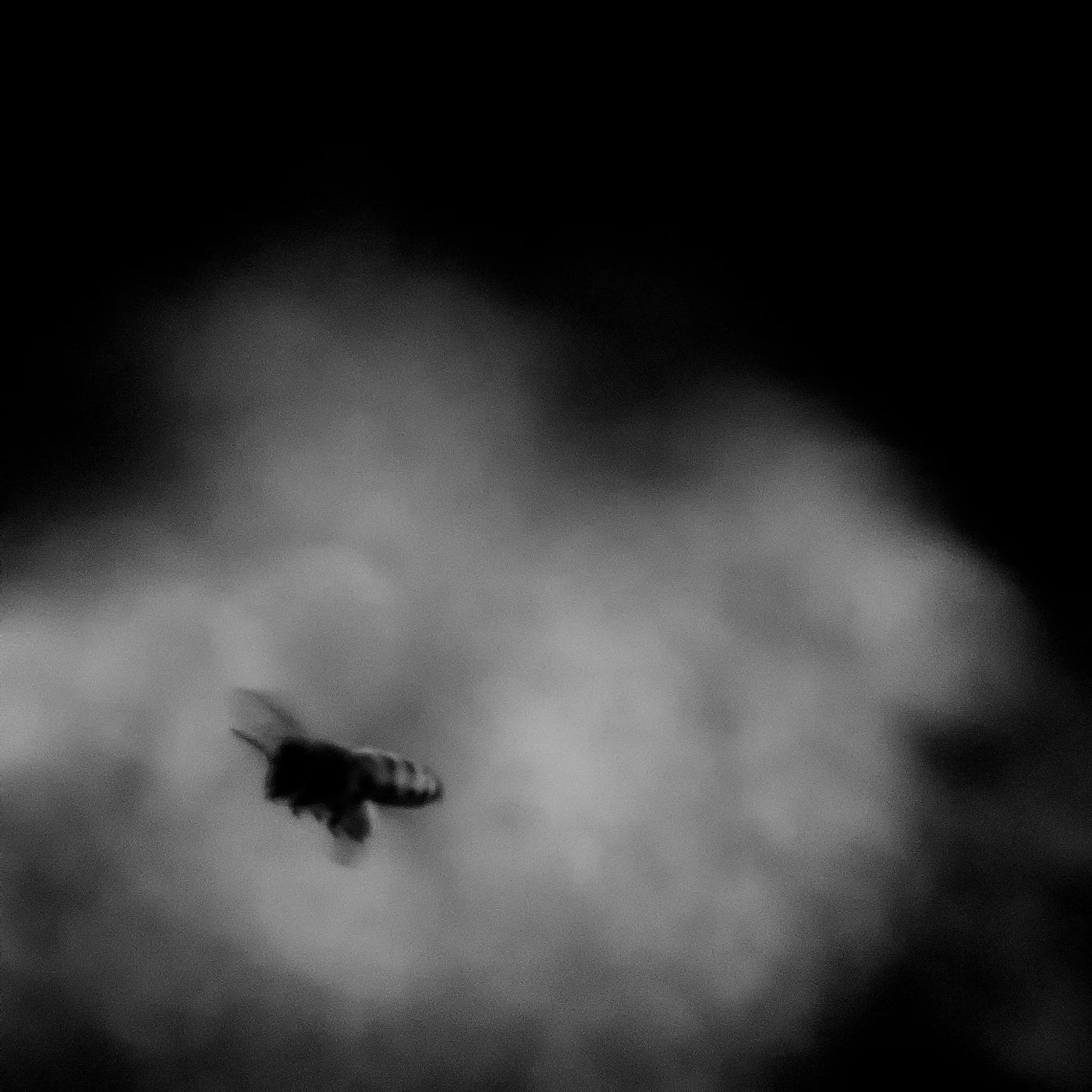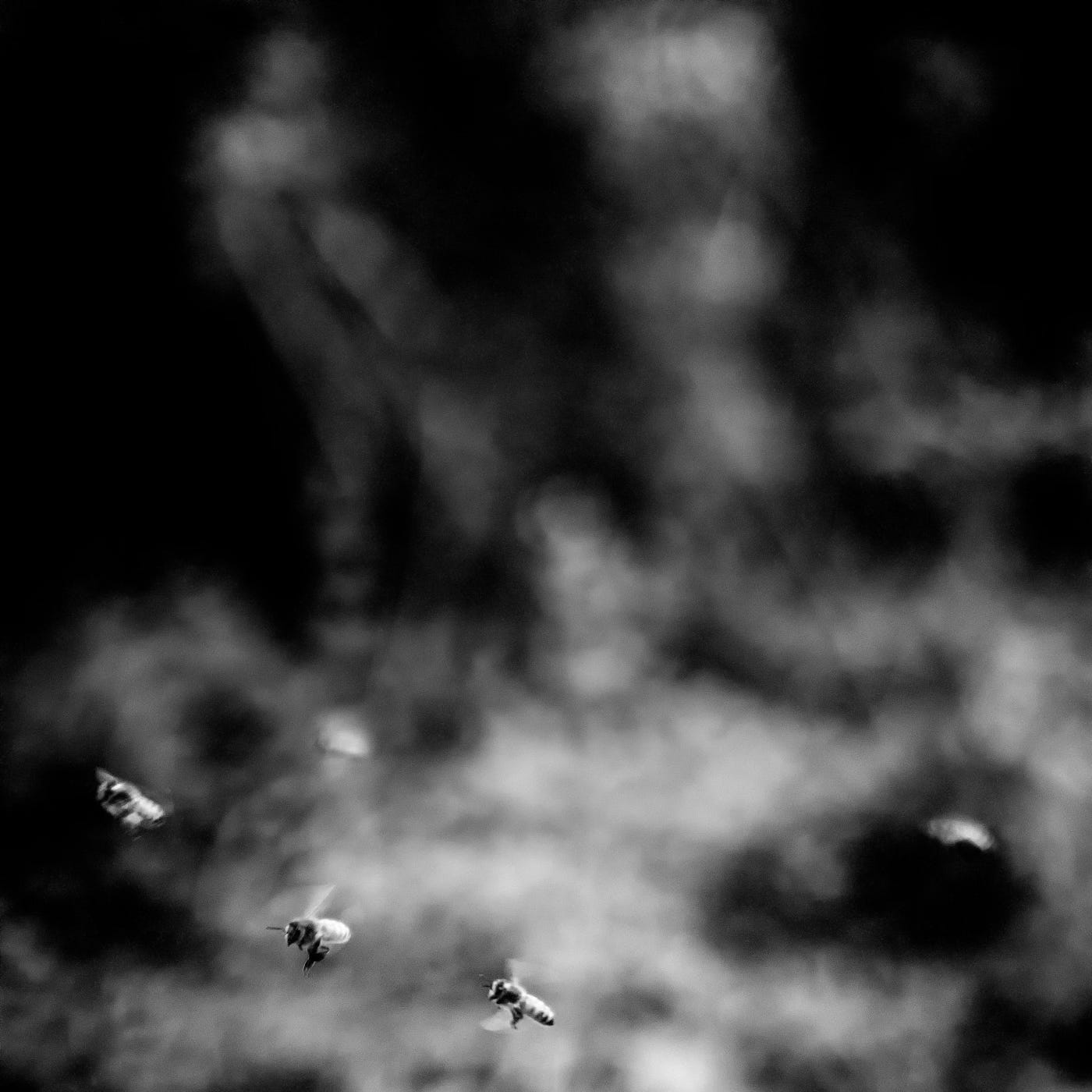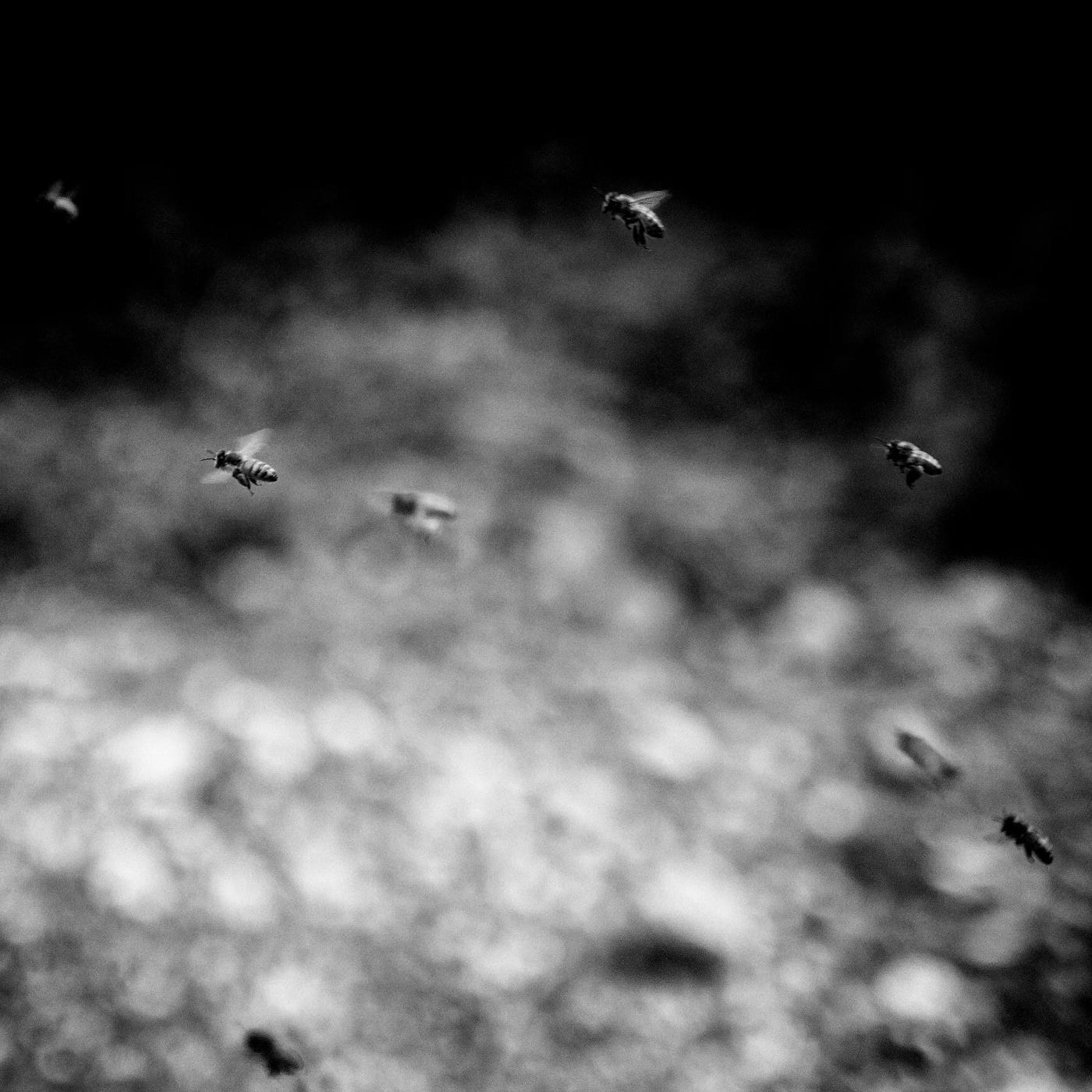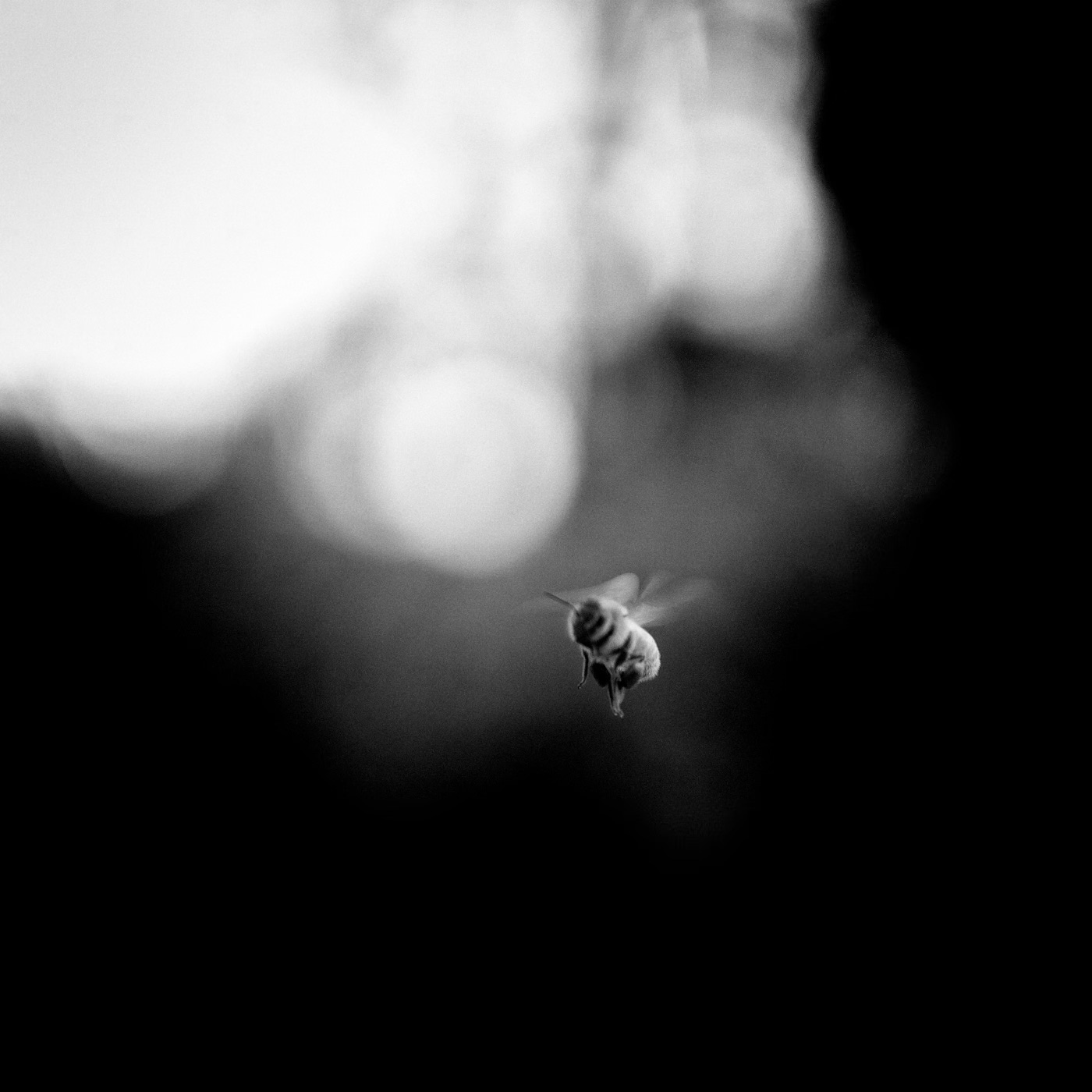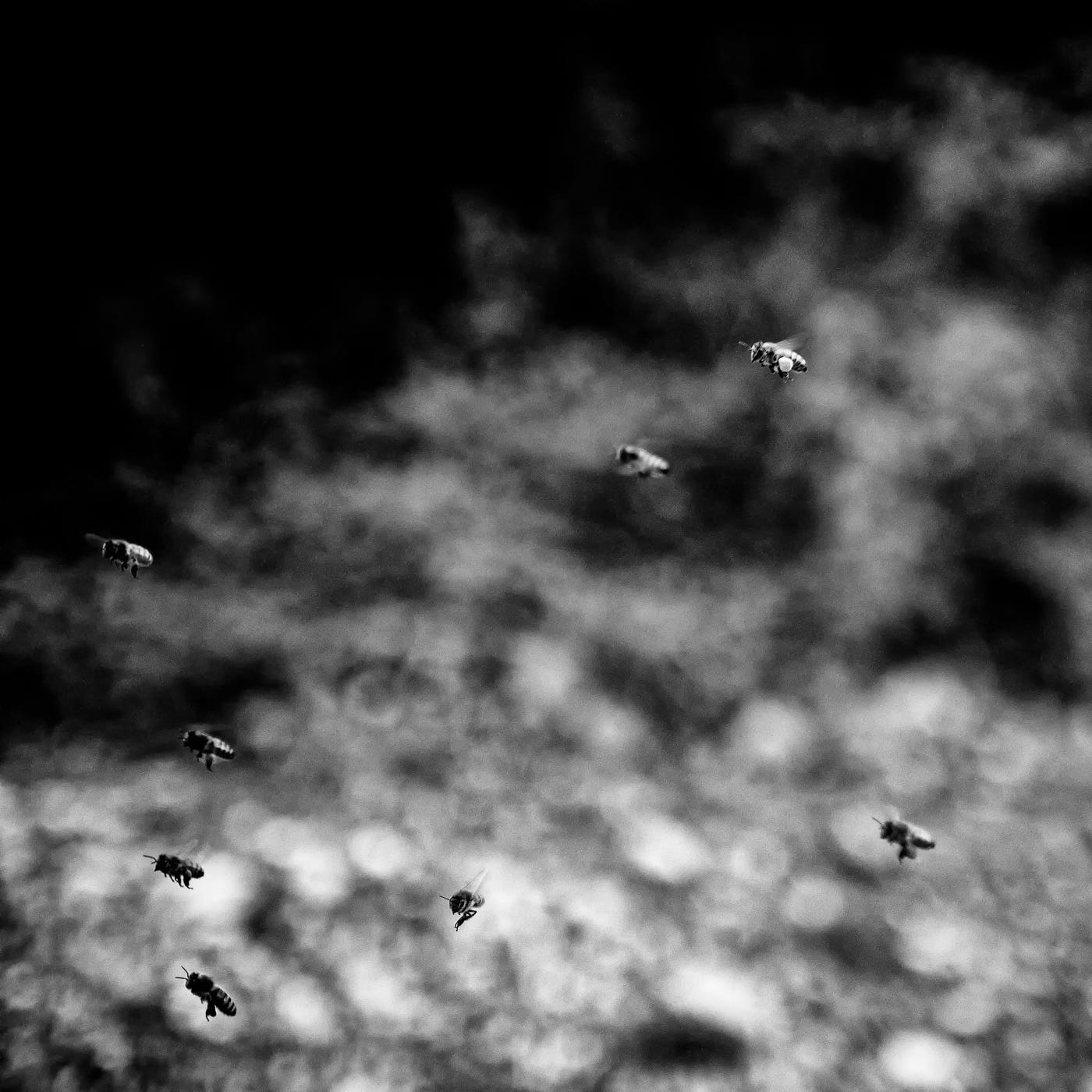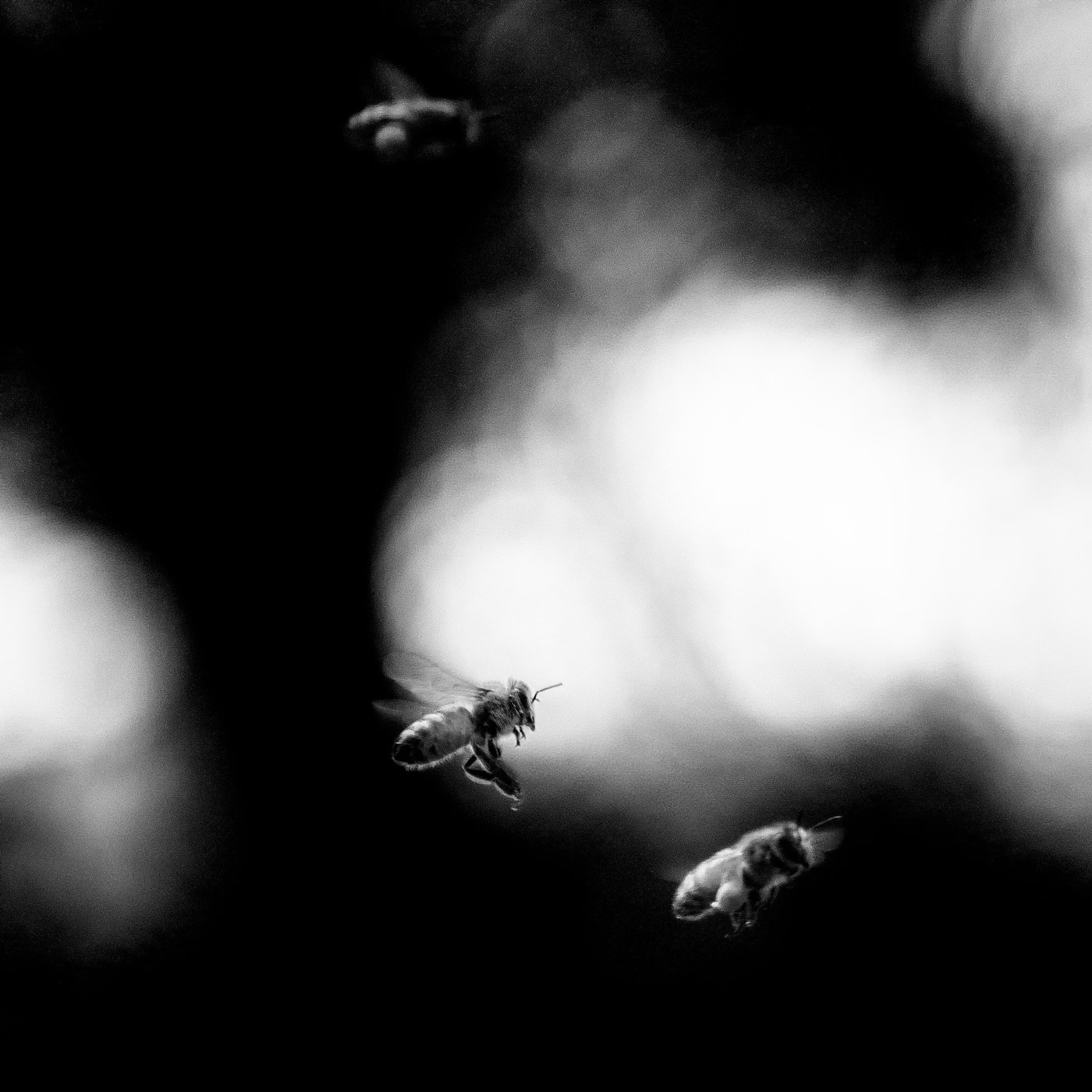My desert island philosopher would have to be Aristotle.
His philosophy is often described as systematic because it sought to understand the natural world, human behavior, ethics, politics, art, and knowledge as part of a unified whole.
He wasn’t just interested in one thing—he was interested in everything. He wrote about animals and plants, motion and matter, ethics and politics, storytelling and persuasion.
His observations shaped fields as varied as biology, logic, and education. Even today, his work influences how we classify life, think about morality, and tell stories.
For me, his body of work is a thing of beauty.
And it’s over 2,400 years old.
Today, I thought I’d share something from one of his lesser-known texts - what we call the Historia Animalium or History of Animals. These texts were written by Aristotle sometime around 350 BC.
These are some of his observations on bees.
Enjoy.
Of insects, there is a genus that has no one name, though all are akin to one another in form; it consists of all the insects that construct a honeycomb: to wit, the bee, and all the insects that resemble it in form. (History of Animals 623b5-7)
When we talk about ‘bees’ today, we’re actually referring to a massive group of insects in the family Apidae. This family includes honeybees, bumblebees, carpenter bees - but there are plenty of lesser-known relatives, like stingless bees, too Altogether, there are over 20,000 species of ‘bee’ around the planet.
The way we categorize bees today - by shared characteristics and evolutionary relationships - has its roots in Aristotle’s work. Long before microscopes or DNA analysis, Aristotle grouped living things based on their observable traits, a method that still underpins modern biology. In fact, Aristotle is considered to be the father of taxonomy.
On each expedition the bee does not fly from a flower of one kind to a flower of another, but flies from one violet, say, to another violet, and never meddles with another flower until it has got back to the hive. (HA 624a4-6)
Even today, this phenomenon is studied: the tendency is called floral or pollinator constancy. When honeybees - as one example - leave the hive, they tend to visit flowers of the same species rather than hopping from one kind to another. Why exactly they do this, isn’t known. Hypotheses range from nervous system limitations to learning investments to efficiency.
While Aristotle didn’t understand pollination as we do today, he observed bees' behaviors with remarkable clarity. His observations began to uncover the intricate relationships in nature that we now recognize as essential to ecosystems. In many ways, Aristotle’s work reminds us that even without modern tools, a sharp eye and curiosity can uncover patterns that resonate across centuries.
It’s no wonder Aristotle is often regarded as the first scientist.
Whenever the working-bees kill an enemy they try to do so out of doors; and whenever one dies indoors, they carry it out of doors also. […] Bees that die are removed from the hive, and in every way the creature is remarkable for its cleanly habits; in point of fact, they often fly away to a distance to void their excrement because it is malodorous and, as it has been said, they are annoyed by all bad smells and by the scent of perfumes, so much that they sting people that use perfumes. (HA 625a30-32; 926a23-27)
Honeybees are fastidious and incredibly hygienic. And, as Aristotle observed, they even remove their dead - there are even undertaker bees for the job. These behaviors are critical for colony health, reduce the risk of disease and help keep the brood safe.
They also have an incredible sense of smell—about 100 times stronger than ours. Honeybees rely on scent for everything from navigation to communication, and the wrong odor can throw them off completely. And this makes them angry. As a beekeeper, you learn to recognize their smells, too.
(and if it’s bananas, watch out)
Aristotle’s comment about their dislike for perfumes might sound funny, but there’s truth in it. If you’re planning to spend time near a hive, it’s best to skip the cologne - unless you’re ready to make some very persistent, buzzing friends.
The kings themselves are never seen outside the hive except with a swarm in flight; during which time all the other bees cluster around them. When the flight of a swarm is imminent, a monotonous and quite peculiar sound is heard for several days. (HA 625b5-8)
Aristotle’s description of the “kings” of the hive was an early attempt to make sense of bee behavior. Today, we know it’s a queen - not a king - who rules the hive. Queens rarely leave, but Aristotle wasn’t wrong in noting that swarming is one of the few times you might catch her in flight.
The tone of a hive says a lot about its health. The hum isn’t just noise - it’s the sound of a living, thriving superorganism. A steady hum signals harmony, while the peculiar, droning sound Aristotle described often means swarming - a colony’s way of dividing to form a new hive.
Sheep […] are enemies of the bee. (HA 627b5-6)
Their worst enemies are wasps and the birds named titmice, and furthermore the swallow and the bee-eater. The frogs in the marsh also catch them if they come in their way by the water-side, and for this reason bee-keepers chase the frogs from the ponds from which the bees take water. (HA 626a6-10)
The toad also kills bees; he comes to the doorway of the hive, puffs himself out as he sits on the watch, and devours the creatures as they come flying out. (HA 626a30-32)
I’ve never seen a sheep and a bee in the same room…
And while frogs and toads still pose occasional threats to hives, the beekeeper’s greatest concern has shifted to a much smaller enemy: the Varroa mite. These parasitic mites, which Aristotle didn’t observe in his time (as they only began spreading globally in recent years), weaken colonies by feeding on bees and transmitting viruses.
It’s a reminder that while some challenges to beekeeping remain timeless, others evolve, introducing new threats that require modern solutions. And yet, there’s something almost reassuring in knowing that even thousands of years ago, beekeepers were out there chasing toads…
The elder bees do the indoor work, and are rough and hairy from staying indoors; the young bees do the outer carrying, and are comparatively smooth. (HA 626b7-9)
[T]hey differentiate their work; some make wax, some make honey, some make bee-bread, some shape and mould combs, some bring water to the cells and mingle it with the honey, some engage in out-of-door work. (HA
The life of a worker bee is a marvel of organization and purpose, with each stage dedicated to the hive.
Newly emerged worker bees spend their first two days cleaning cells and keeping the brood warm. After that, they transition to nurse bees, feeding and tending to the hive’s larvae.
Around day 12, their work becomes more physically demanding. For the next 10 days, they’ll produce wax, build and repair the honeycomb, process nectar into honey, and eventually stand guard at the hive entrance.
By the time they reach their final stage of life, around day 21, worker bees become foragers. They leave the hive to collect nectar, pollen, and water—a grueling phase where many die in the field from exhaustion, predators, or the weather.
The honeybees you see in the world - outside the hive - are the oldest. Their wings fray and weaken from constant flight, and the fine hairs that cover their bodies wear away, leaving bald patches. These hairs protect them from the weather and provide warning coloration to deter predators. Without them, bees are more vulnerable to the elements and attacks. Foraging takes its toll, and for many, baldness brought on by a life of toil is the final blow.
(ain’t that a bitch)
In summer, the total life span of a honeybee is about 45 days - every single day spent in constant service to the colony.
These honeybees literally work themselves to death.
Gaudy and showy bees, like gaudy and showy women, are idle. (HA 627a15-16)
True dat.
So much for the habits of bees.
Breadcrumbs…
Not a map.
Chau,
Len



